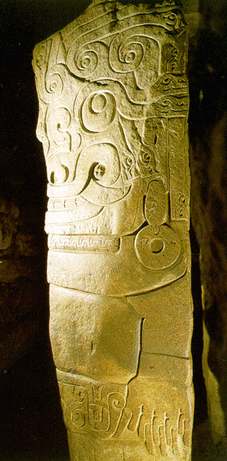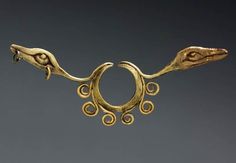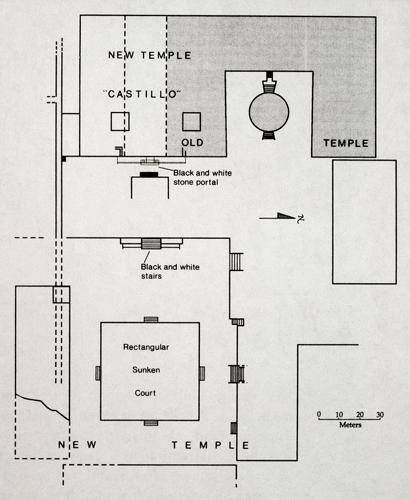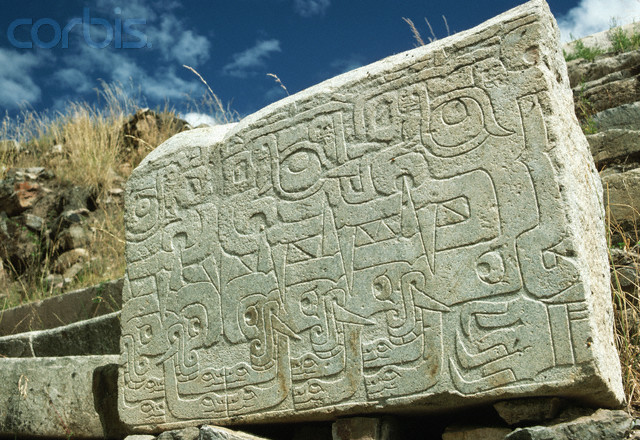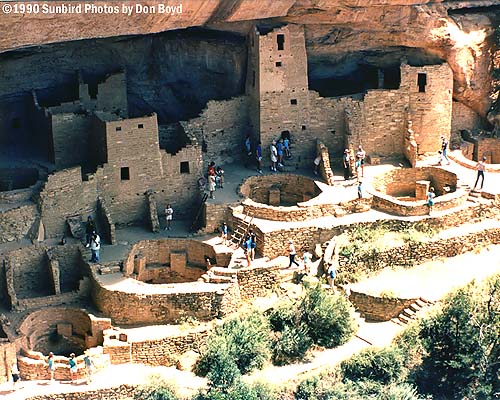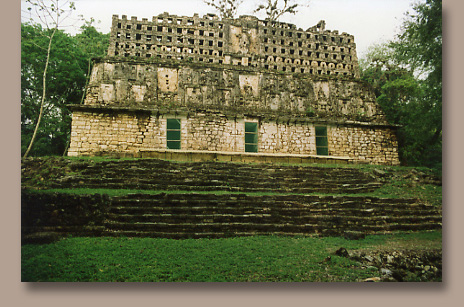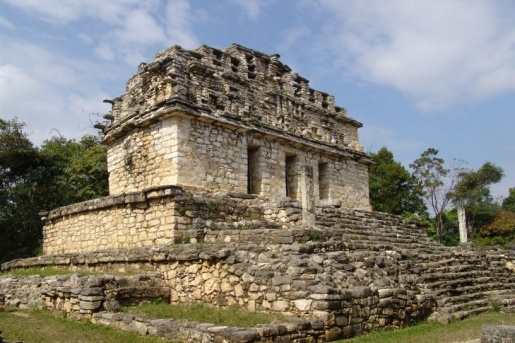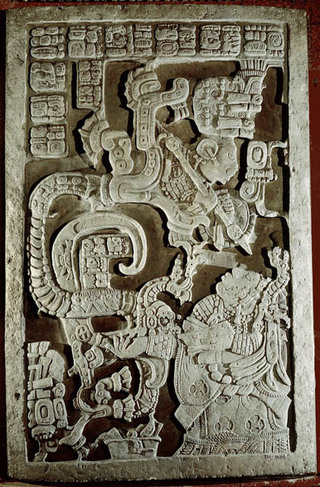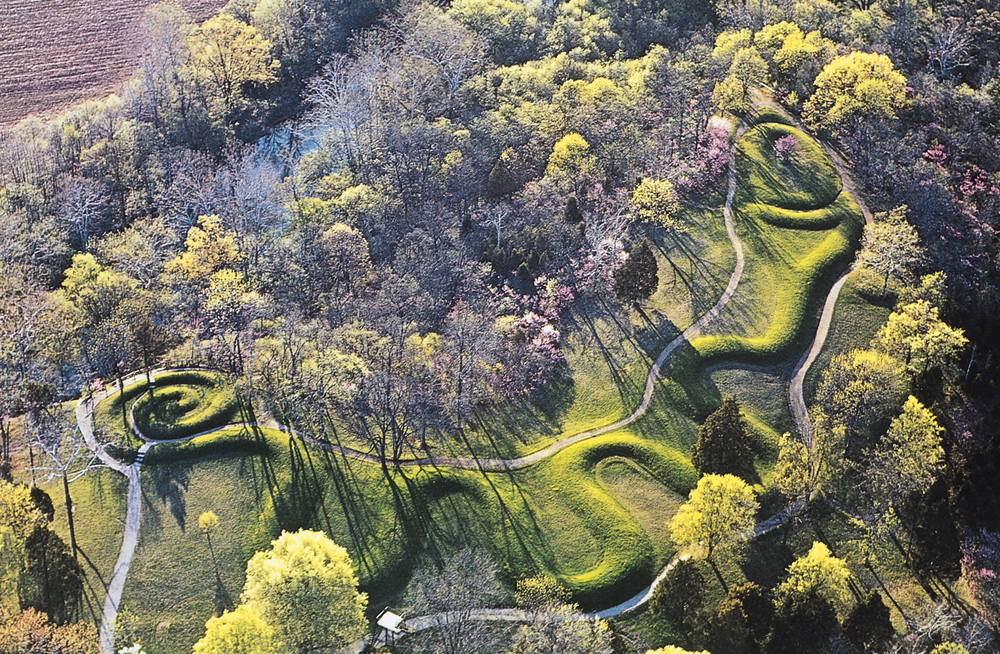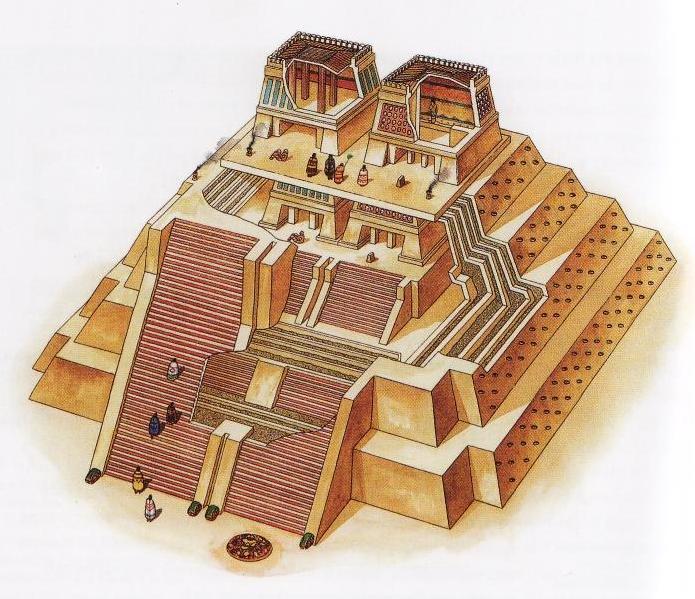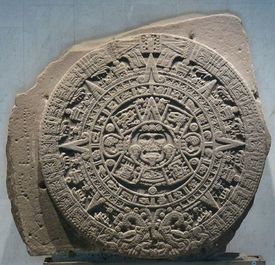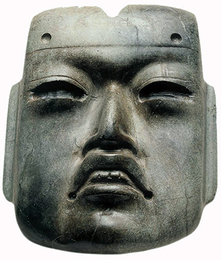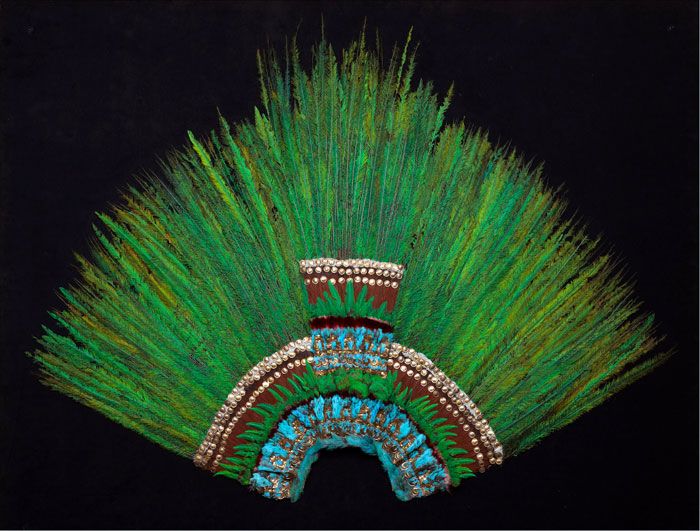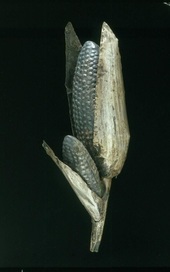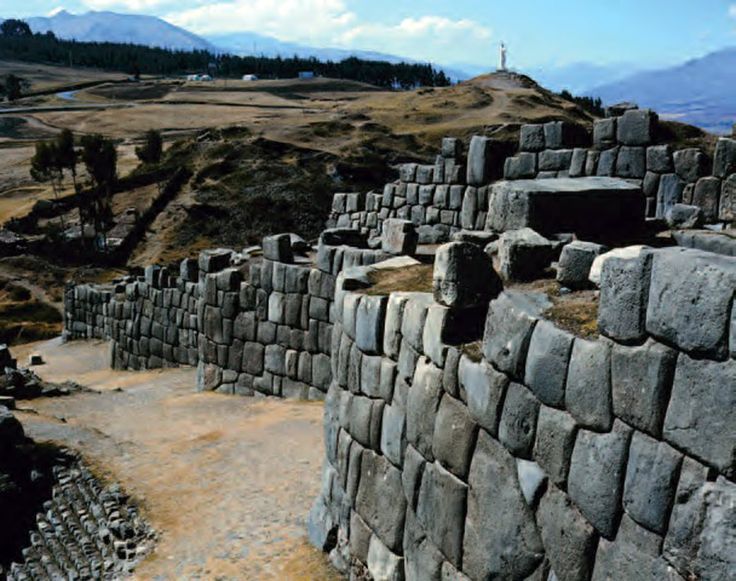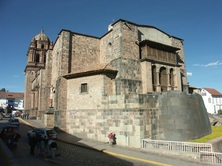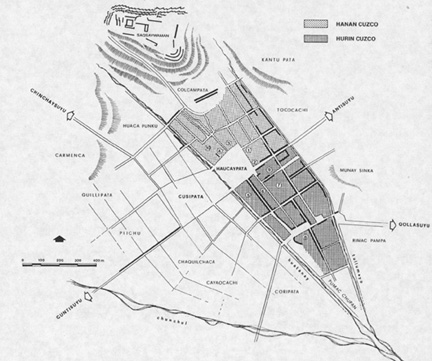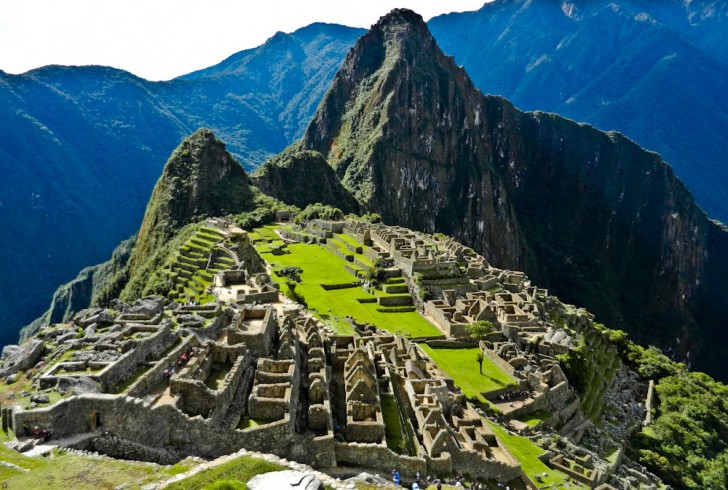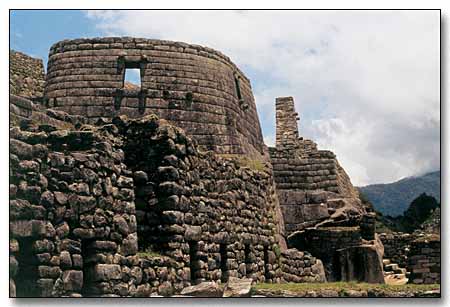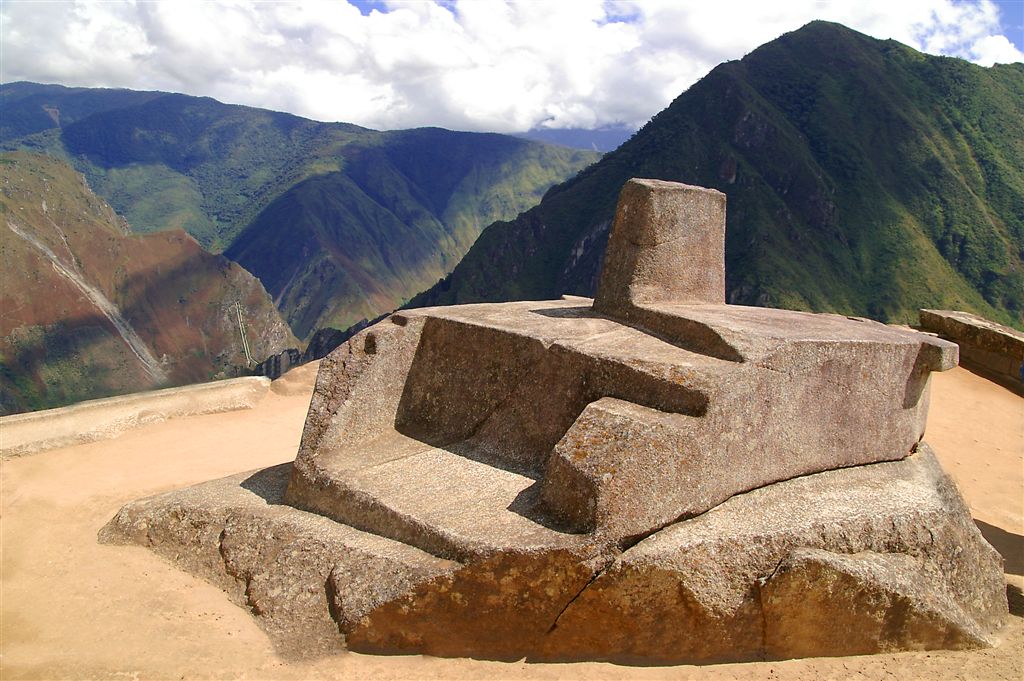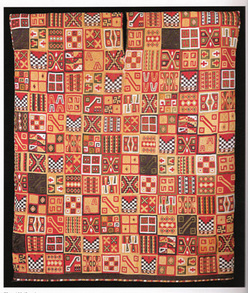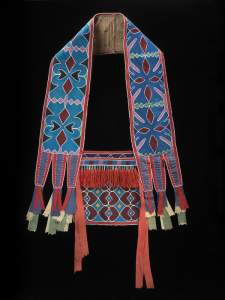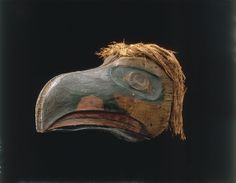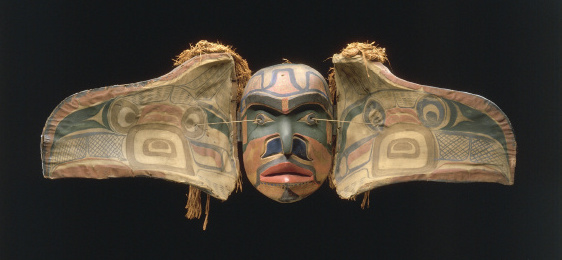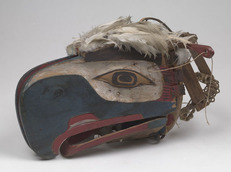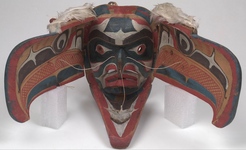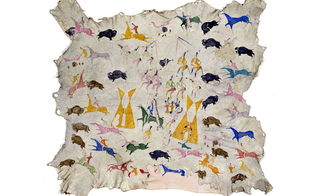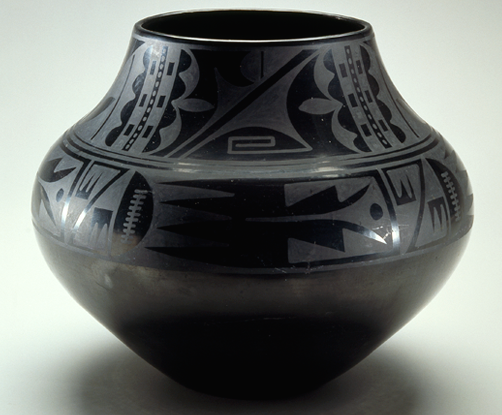Indigenous Americas 1000bce-1980ce
Art of the Indigenous Americas is among the world’s oldest artistic traditions. While its roots lie in northern Asia, it developed independently between c. 10,000 B.C.E. and 1492 C.E., which marked the beginning of the European invasions. Regions and cultures are referred to as the Indigenous Americas to signal the priority of First Nations cultural traditions over those of the colonizing and migrant peoples that have progressively taken over the American continents for the last 500 years. (Khan Academy)
Here is a word document with all the Indigenous Americas images
| 6._indigenous_americas_images.docx | |
| File Size: | 3071 kb |
| File Type: | docx |
Here is the PowerPoint I used in class.
| 6my_ppt_for_teaching_indigenous_americas.pdf | |
| File Size: | 7704 kb |
| File Type: | |
Here is the grade sheet for flashcards
| grade_sheet_for_indigenous_flashcards.xlsx | |
| File Size: | 12 kb |
| File Type: | xlsx |
Chavin de Huantar. Northern highlands, Peru. (Near modern-day Lima). Chavin People. 900-200 B.C.E; Stone (architectural complex); Granite (Lanzon and sculpture); Hammered gold alloy (Jewelry).
Top Left: Lanzon Stele
Top Right: Site Plan
Bottom Left: Nose Ornament
Bottom Right: Relief Scuplture
Top Left: Lanzon Stele
Top Right: Site Plan
Bottom Left: Nose Ornament
Bottom Right: Relief Scuplture
Mesa Verde Cliff Dwellings. Montezuma County, Colorado, USA. Ancestral Puebloan People - also called the Anasazi, or "ancient ones". 450-1300 C.E.; Sandstone.
Great Serpent Mound. Adams County, Southern Ohio. USA. Mississippian/Eastern Woodlands People. c. 1070 C.E.; Earthwork/Effigy Mound.
Templo Mayor "Main Temple". Tenochititlan (Modern-day Mexico). Mexica/Aztec People. 1375-1520 C.E.; Stone (temple); Volcanic Stone (The Coyolxauhqui Stone); Jadeite (Olmec-style mask); Basalt (Calendar Stone).
Top Left: Templo Mayor
Top Right: Coyolxauhqui Stone
Bottom Left: Calendar Stone
Bottom Right: Olmec-style mask
Top Left: Templo Mayor
Top Right: Coyolxauhqui Stone
Bottom Left: Calendar Stone
Bottom Right: Olmec-style mask
|
City of Cusco, including Qorinkancha (Inca Main Temple), Santa Domingo (Spanish Colonial Convent) and Walls at Saqsa Waman (Sacsayhuaman). Central Higlands, Peru. Inca People. c. 1440 C.E.; convent added 1550-1650 C.E.; Andesite.
Above: Walls at Saqsa Waman (Sacsayhuaman) |
Above: Curved Inca wall of Qorikancha with Santo Domingo Convent
Below: City of Cusco site plan |
Transformation Masks. Kwakwaka'wakw People. Northwest Coast of Canada. Late 19th century C.E.; Wood, paint, and string.
Top: Masks closed
Bottom: Masks open
Top: Masks closed
Bottom: Masks open
|
Painted Elk Hide. Attributed to Costiogo (Cadzi Cody), Eastern Shoshone People, Wind River Reservation, Wyoming, USA. c. 1890-1900 C.E.; Painted elk hide.
|
Black-on-black Ceramic Vessel. Maria Martinez and Julian Martinez. Tewa Puebloan Tribe. San Ildefonso Pueblo, New Mexico, USA. c. mid-20th century C.E.; Blackware ceramic.
|
